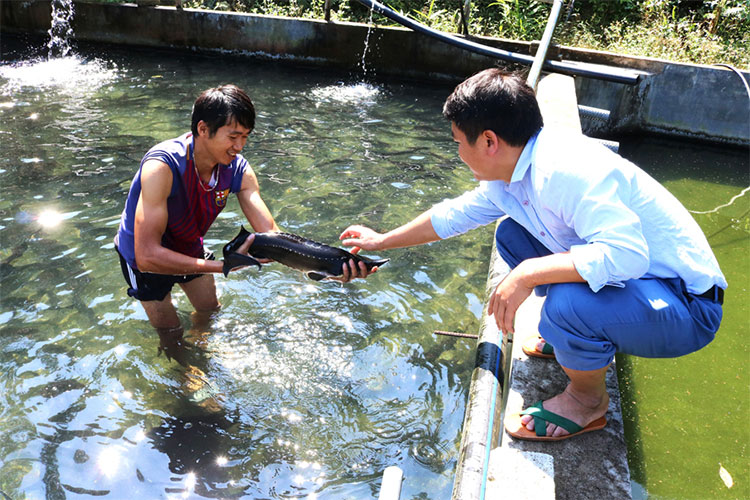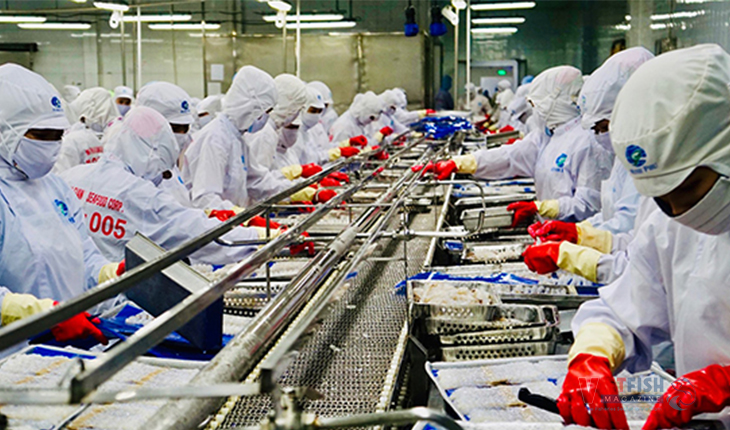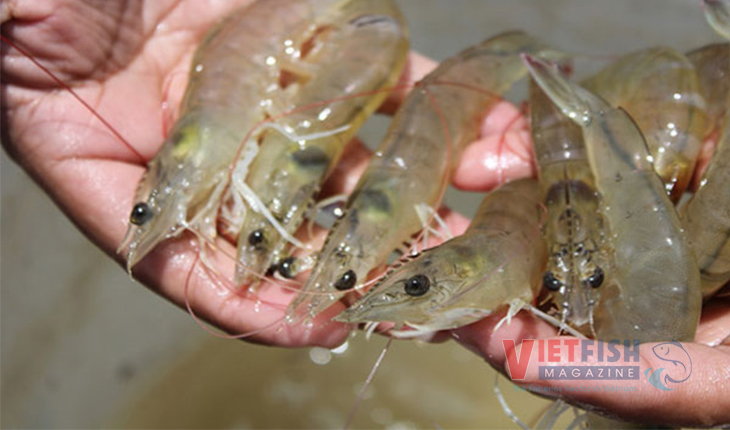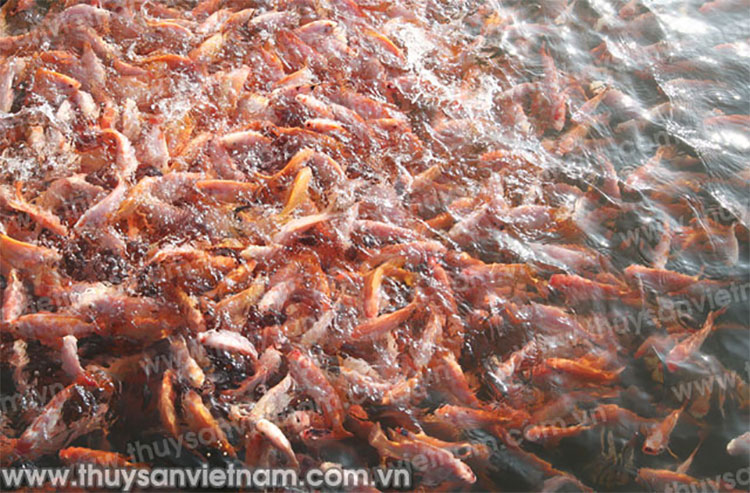Soc Trang expands all-male tilapia farming for export
A local enterprise is building a tilapia processing plant with a 200-ton daily capacity, boosting aquaculture diversity and seafood exports in Soc Trang and the Mekong Delta.
While shrimp farming remains Soc Trang’s key strength in aquaculture exports, the province is also leveraging its potential in all-male tilapia farming. A local enterprise has initiated the construction of a tilapia processing facility with a daily capacity of 200 tons, contributing to the diversification of aquaculture species and seafood export offerings not only in Soc Trang but also across other coastal provinces in the Mekong Delta.
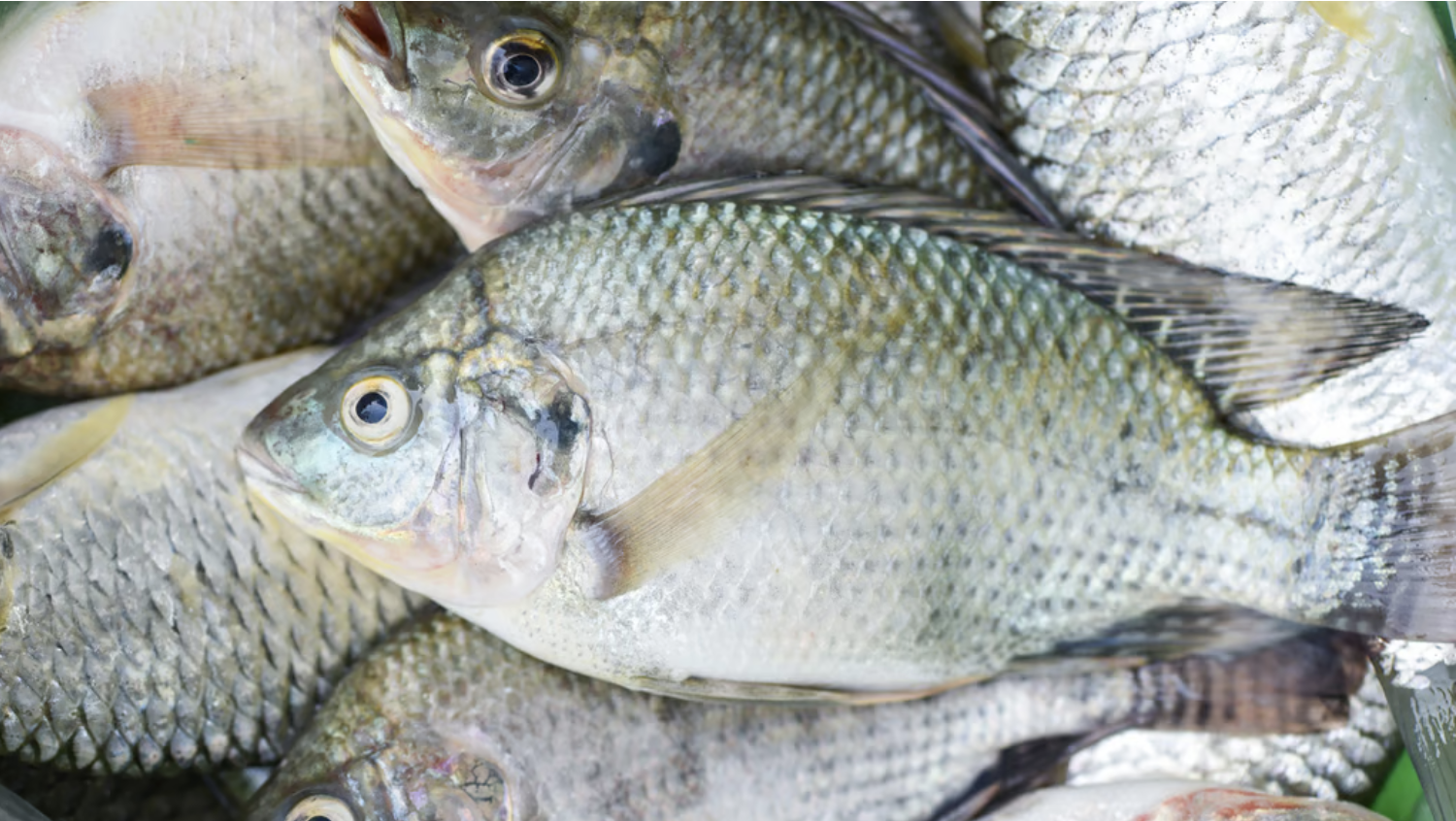
On March 30, Mr. Ngo Thai Chan, Director of the Department of Agriculture and Environment of Soc Trang, shared: “In addition to our core focus on whiteleg and black tiger shrimp, the province is now promoting the development of all-male tilapia farming to serve export markets.”
He noted that Soc Trang currently has around 50,000 hectares dedicated to brackish-water shrimp farming, mainly under industrial models, which supply raw materials for local and regional seafood processors. In 2024, the province’s shrimp exports exceeded USD 1 billion. In the first two months of 2025 alone, export revenue from shrimp reached approximately USD 143 million, up over 17% year-on-year.
“Our coastal zones hold strong potential for all-male tilapia farming, and pilot projects have shown promising results,” Mr. Chan added. “Compared to shrimp, tilapia farming carries lower risks and requires less investment. Encouragingly, beyond expanding the farming area, a forward-thinking company has begun constructing a processing plant. This move will not only help absorb local supply and diversify aquaculture products but also create jobs for the local workforce.”
Mr. Do Ngoc Tai, General Director of Tai Kim Anh Co., Ltd. (Soc Trang), confirmed that the company has started construction of a tilapia processing plant in An Nghiep Industrial Park (Chau Thanh District). The facility is expected to go into operation by July 2025, with a daily capacity of 200 tons. It will produce a range of products, including tilapia fillets, whole fish, and various value-added offerings.
In addition to Tai Kim Anh Co., other seafood enterprises in the Mekong Delta currently engaged in shrimp farming and processing have also expressed interest in all-male tilapia farming.
Vo Van Phuc, CEO of Vietnam Clean Seafood JSC, said that alongside their successful high-tech shrimp farming operations, the company is now investing in all-male tilapia. “Tilapia raised in coastal areas offers sweet, flavorful meat,” he explained. “After filleting and processing into value-added products, our international clients were impressed with the taste and quality. We plan to expand our farming area to ensure raw material supply and strengthen traceability.”
Tilapia, a freshwater species native to Africa, is among the earliest fish to be farmed globally. Today, tilapia aquaculture is expanding rapidly and reaching industrial scale in many countries.
All-male tilapia are distinguishable by their slightly purplish color, shiny scales, and 9 to 12 dark, parallel stripes running from back to belly. Their tail fins feature deep black lines, while the dorsal fins have fine white streaks set against a dark gray background. The edges of the dorsal and tail fins have a pale pink hue.
This species is highly marketable due to its strong adaptability to environmental changes, ease of farming, and straightforward technical requirements, making it an accessible option for many local farmers looking to diversify their production.
VFM


